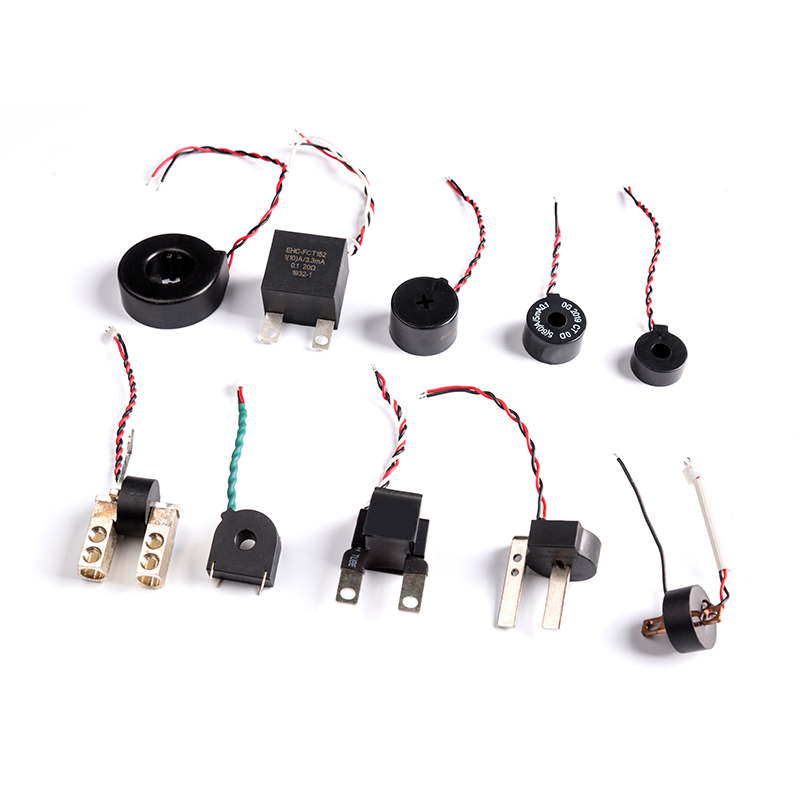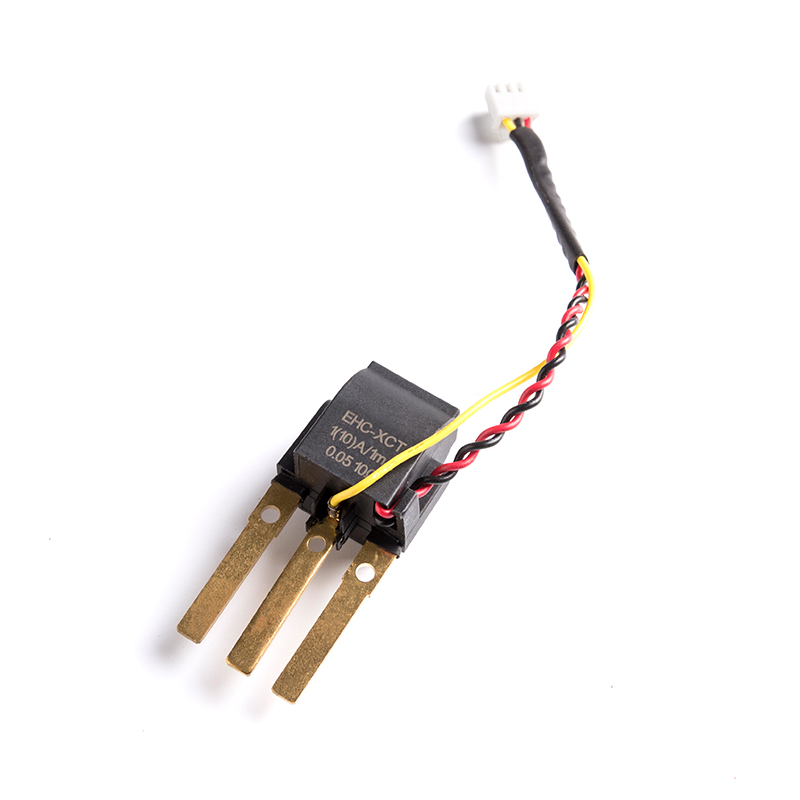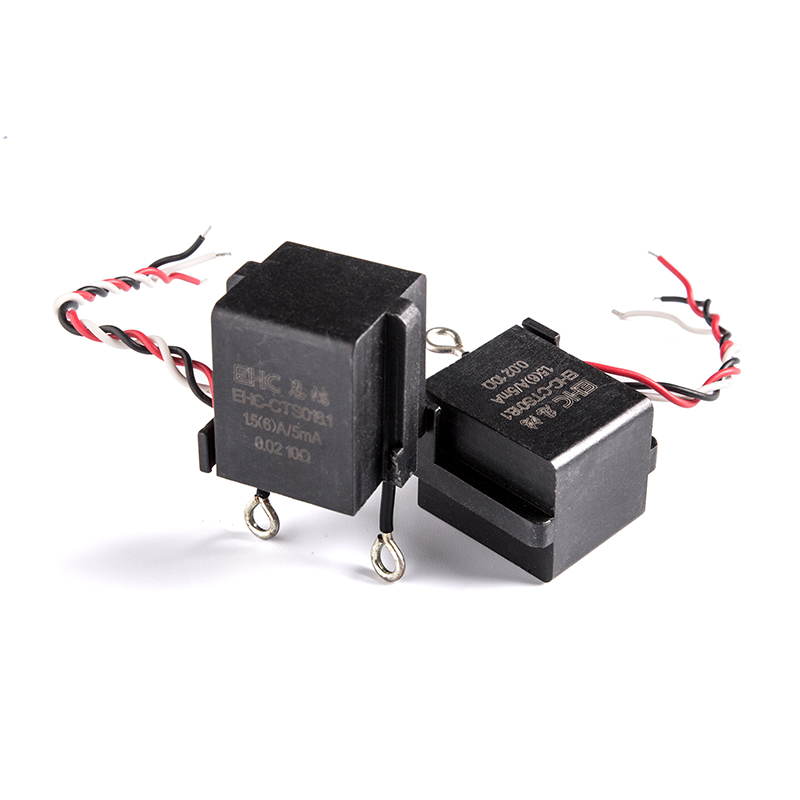The selection of a current transformer (CT) involves considering several factors to ensure its proper performance and compatibility with the specific application. Here are key factors that influence the selection of a CT, including its size, accuracy, and burden:
Primary Current Rating:
The primary current rating of the CT should match the maximum current that the system or equipment will experience. It is crucial to select a CT with a primary rating that accommodates the expected current without saturation.
Secondary Current:
The secondary current is typically standardized at 5 A or 1 A for ease of compatibility with measurement and protection devices. The selection of the secondary current is based on the requirements of the connected instruments and relays.
Accuracy Class:
The accuracy class of a CT indicates how closely its secondary current matches the primary current under specific conditions. Common accuracy classes include 0.1, 0.2, 0.5, 1, 3, and 5. The selection depends on the accuracy requirements of the measuring or protection devices in the system.
Burden:
Burden refers to the impedance presented to the secondary winding of the CT. It is crucial to select a CT with a burden that is within its specified limits to ensure accurate performance. The burden is expressed in volt-amperes (VA) or ohms and includes the connected devices, such as relays, meters, and other equipment.
Saturation Characteristics:
Saturation is a condition where the CT core reaches magnetic saturation, leading to distorted output waveforms and inaccurate measurements. The saturation characteristics of the CT should be considered, especially in applications with transient or fault currents.
Frequency:
CTs are designed for specific frequencies, and the selection should match the frequency of the power system. Standard frequencies are typically 50 Hz or 60 Hz, but special CTs are available for other frequencies.
Insulation Level:
The insulation level of the CT should be suitable for the system voltage. This ensures the CT can withstand transient overvoltages without insulation breakdown.
Temperature Ratings:
The temperature ratings of the CT affect its performance in different environmental conditions. Consideration should be given to the temperature rating of the CT, especially if it will be operating in extreme temperature environments.
Physical Size and Mounting:
The physical size and mounting configuration of the CT should fit the available space and installation requirements. CTs come in various shapes and sizes, and the selection should consider the practical aspects of installation.
Environmental Conditions:
Consider the environmental conditions where the current transformer will operate, such as humidity, corrosive atmospheres, or other factors that may impact its performance and longevity.
Application Type:
Different CT designs are optimized for specific applications, such as protection, metering, or revenue metering. The application type influences the CT's design and performance characteristics.
Regulatory Compliance:
Ensure that the selected CT complies with relevant industry standards and regulations. Compliance with standards ensures that the CT meets specific performance and safety criteria.
Cost Considerations:
Cost is always a consideration in equipment selection. Balancing performance requirements with budget constraints is essential to make a cost-effective choice.

 English
English 中文简体
中文简体 Deutsch
Deutsch 日本語
日本語

 View More >>
View More >> View More >>
View More >> View More >>
View More >> View More >>
View More >> View More >>
View More >> View More >>
View More >> View More >>
View More >> View More >>
View More >>